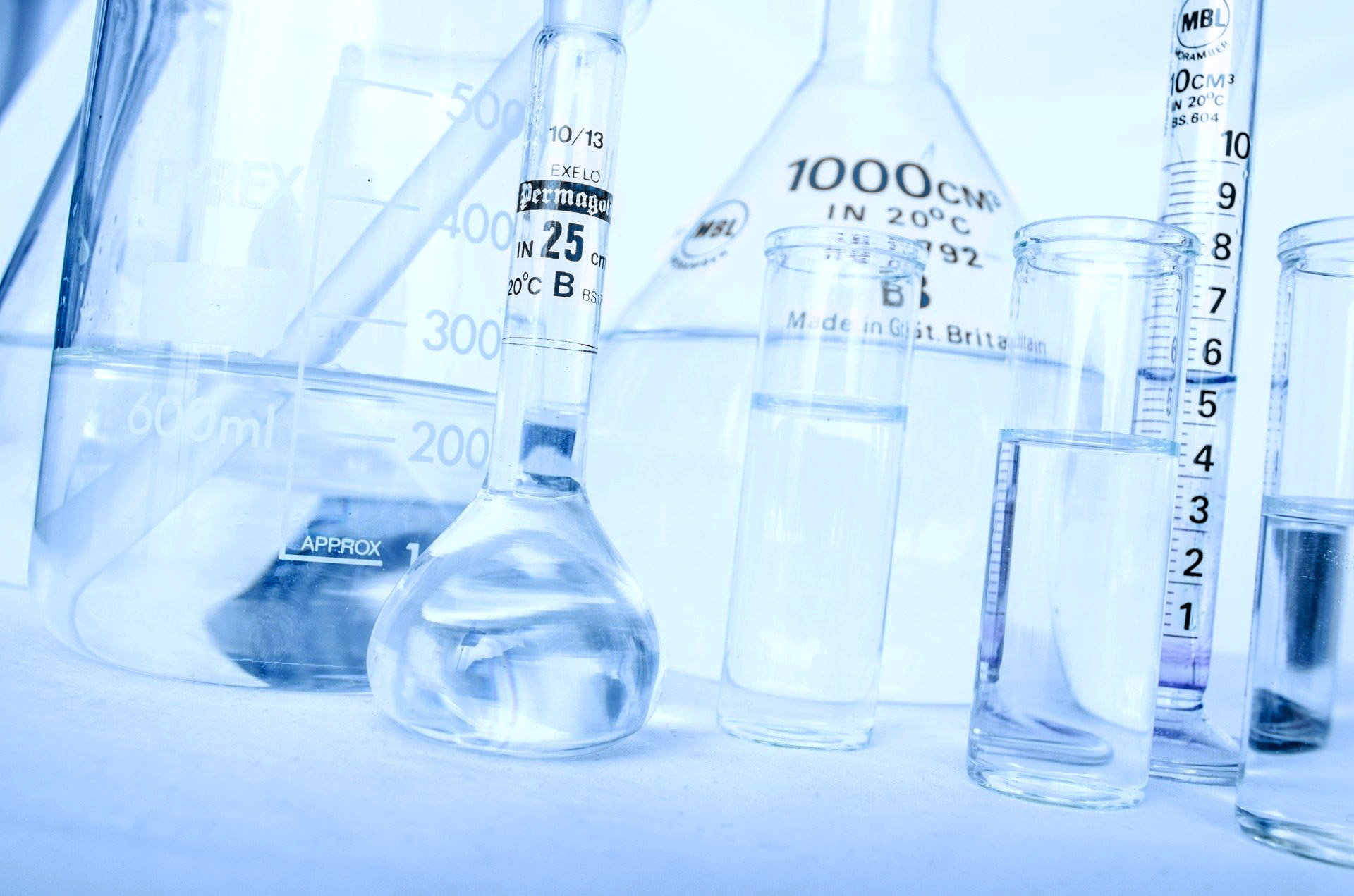▷ Aircraft and engine manufacturers
▷ Aviation maintenance
▷ Airlines and air forces
Aviation fuels consist of aviation gasoline and jet fuel, also known as kerosene. Kerosene or jet A1, used in commercial aviation, must be followed from the refinery to the aircraft, i.e. from storage in refineries and depots to aircraft tanks. Contamination by micro-organisms is always possible, due to the presence of residual water, even if this has been largely eliminated by the presence of coalescing filters in the fuel systems. Microorganisms at the interface between water and hydrocarbon can grow due to the presence of water, mineral salts and carbon necessary for their development.
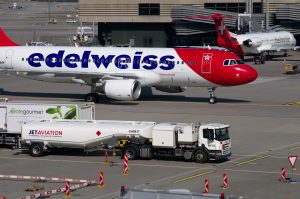
Two fuel biocides have aeronautical approval:
- DuPont'sKATHON FP 1. 5, temporarily banned for aviation use by the manufacturer since June 2019 due to various incidents.
- BIOBOR JF of HAMMONDS. BIOBOR JF is not authorized in the European Union because its active substances have not been approved by the Regulation 528/2012 for biocidal products. However, a temporary authorization has been given for the treatment of fuel tanks on grounded aircraft due to Covid-19 (Order of 2 December 2020 extending the derogation of 28 April 2020 allowing the availability on the market and use of the biocidal product BIOBOR JF until 7 May 2022)
No biocidal treatment is allowed along the entire chain of distribution : refineries, oil depots and airport storage facilities. These treatments against microorganisms, when authorized, can only be carried out in aircraft tanks with the agreement of the engine and aircraft manufacturer. At present, in Europe, no jet fuel biocides are available, other decontamination methods must be used. Initially, preference should be given to microbiological analysis to identify the part of the contaminated fuel in the tank.
Microbiological analysis of jet fuel A1 are carried out in our laboratory according to the standard filtration method IP 385 and ASTM D6974
Tests MICROTEST P and MICROBMONOTOR2 are used for field checks.
One of the recommended methods without the use of jet fuel biocide is the disinfection of aircraft vacuum tanks after draining the jet fuel. Once the tank is empty, thoroughly clean and disinfect with a biocide such as FUELCIDE D1.5 mixed at 300 ppm with jet fuel. Wipe the tank thoroughly to remove any biocide. Refill the tank with jet fuel. This will remove microorganisms, water and solid deposits.
Alternatively, the method of treating the tank with an unregistered biocide, allowing the biocide to work for a period of time and then draining the tank so that the treated jet fuel is not used.
-

IP385/19 STANDARD ANALYSIS
Request a quote -
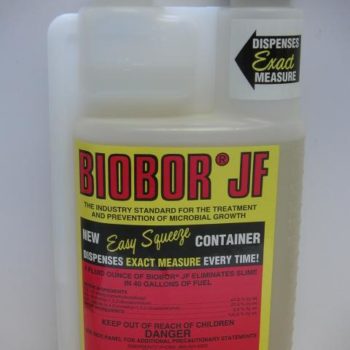
BIOBOR JF
Request a quote -
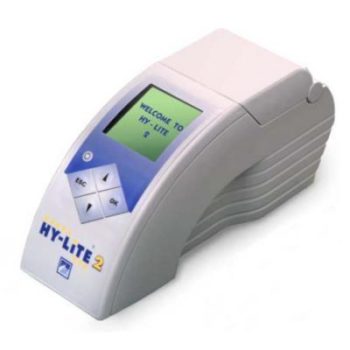
ATP ASSAY - ADENOSINE TRIPHOSPHATE
Request a quote -
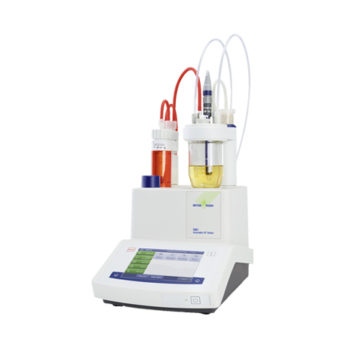
WATER DOSAGE-K.FISHER
Request a quote -
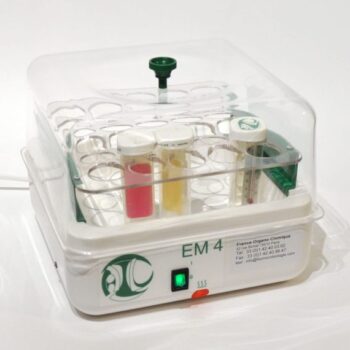
LABORATORY INCUBATOR
Request a quote -
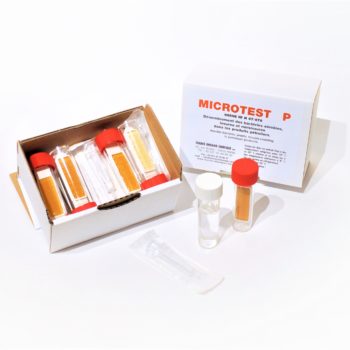
MICROTEST P – PETROLEUM & PAINTS
Request a quote -
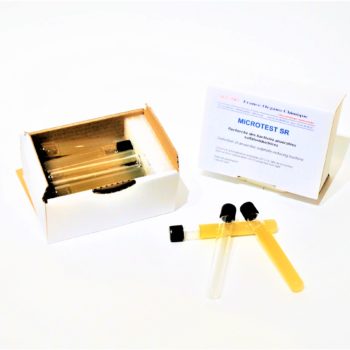
MICROTEST SR - SULFATE-REDUCING BACTERIA
Request a quote -
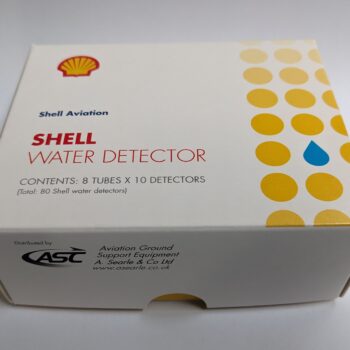
SHELL WATER DETECTOR
Request a quote
